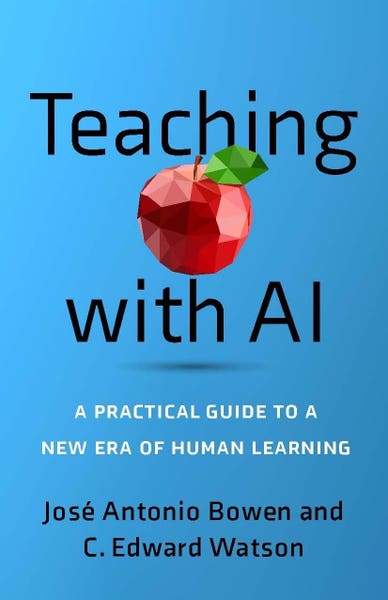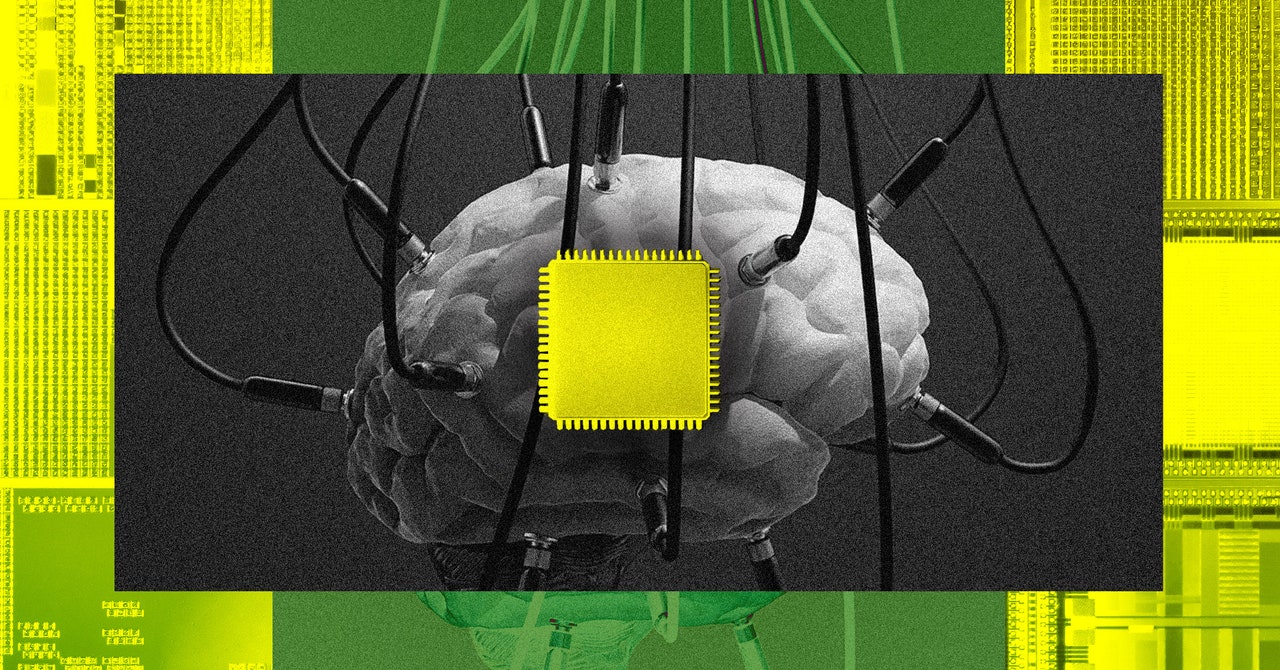José Antonio Bowen and C. Edward Watson are available to assist educators in mastering the art of teaching in the age of AI and ensuring effective student learning. In their latest publication, “Teaching with AI: A Practical Guide to a New Era of Human Learning,” the authors advocate for the transformative impact of AI on our cognitive processes, akin to how the internet revolutionized our interaction with knowledge. Embracing AI, Bowen and Watson emphasize the importance of contemplating the regulations, ethical frameworks, and protocols necessary to maintain control and combat the proliferation of misinformation.
“Teaching with AI” is a concise yet highly practical resource that resonated with me as an academic. The authors adopt a reassuring tone, pointing out that AI is already deeply integrated into our daily lives, from personalized recommendations on streaming platforms like Netflix to tailored product suggestions on e-commerce sites such as Amazon.
While acknowledging the potential for AI to exacerbate disparities, Bowen and Watson assert that it can also serve as a catalyst for achieving equity. They highlight AI’s capacity to enhance feedback mechanisms, foster creativity, and tailor educational materials to suit diverse student needs.
The book underscores the dual nature of AI, acknowledging its susceptibility to misuse for academic dishonesty while cautioning against blanket assumptions of malpractice. Despite the prevalence of AI tools among college students, misperceptions persist regarding their ethical implications. Bowen and Watson stress the reluctance of students to admit to behaviors deemed unethical or dishonorable.
The structure of “Teaching with AI” is particularly user-friendly. The authors commence with an introductory exploration of AI fundamentals and operational mechanisms, elucidating essential terminology relevant to the field. Subsequent chapters delve into AI’s impact on the evolving landscape of employment, emphasizing its transformative influence on various professions. Additional sections delve into strategies for engaging with AI, fostering creativity through collaboration, leveraging AI for pedagogical enhancement, and addressing instances of academic dishonesty facilitated by AI.
In addressing academic dishonesty, a pressing concern for educators, Bowen and Watson advocate for a nuanced understanding of AI detection methodologies. They advocate for redesigning assignments to mitigate cheating incentives and enhance the learning experience. The authors caution against overreliance on AI detection tools, highlighting their limitations and the potential negative impact on student well-being and campus culture.
Of particular relevance to educators is the chapter focusing on policies and grading strategies. Bowen and Watson recommend proactive policy development, potentially involving students in the process, and grading methodologies that acknowledge and accommodate the role of AI. The latter portion of the book offers practical guidance through sample assignments and case studies, encouraging educators to embrace innovation, explore AI collaborations, and cultivate a forward-thinking mindset.
While Bowen and Watson champion the benefits of AI integration in education, they stress the enduring importance of nurturing critical thinking skills among students. They underscore the value of instilling a deep understanding of rigorous research, writing standards, and critical thinking processes, underscoring the irreplaceable nature of human intellect in academic endeavors.










